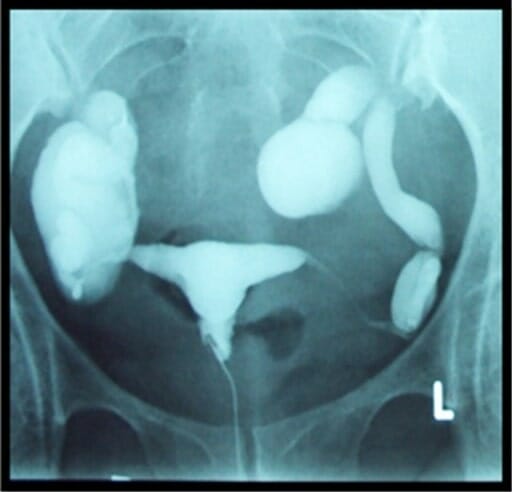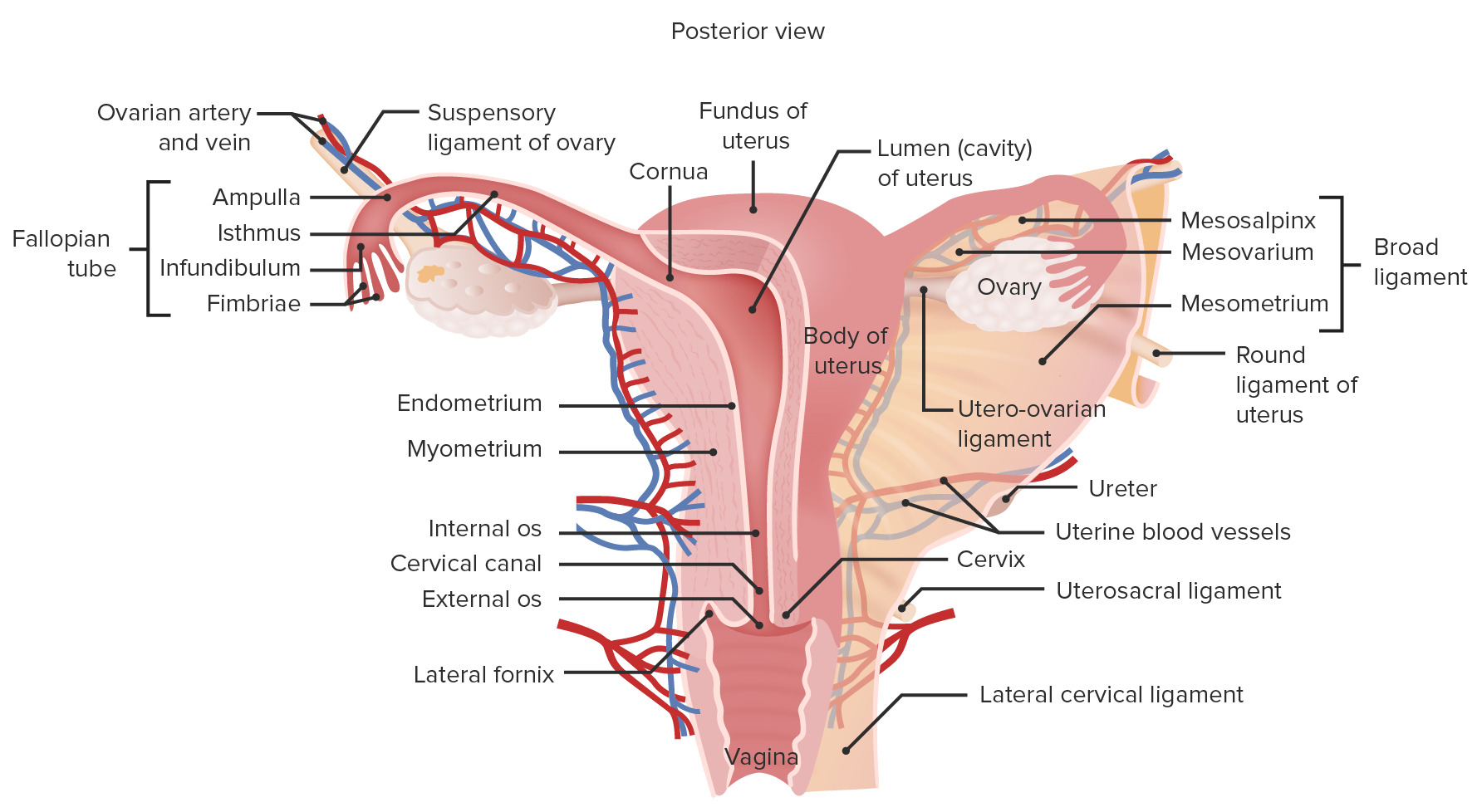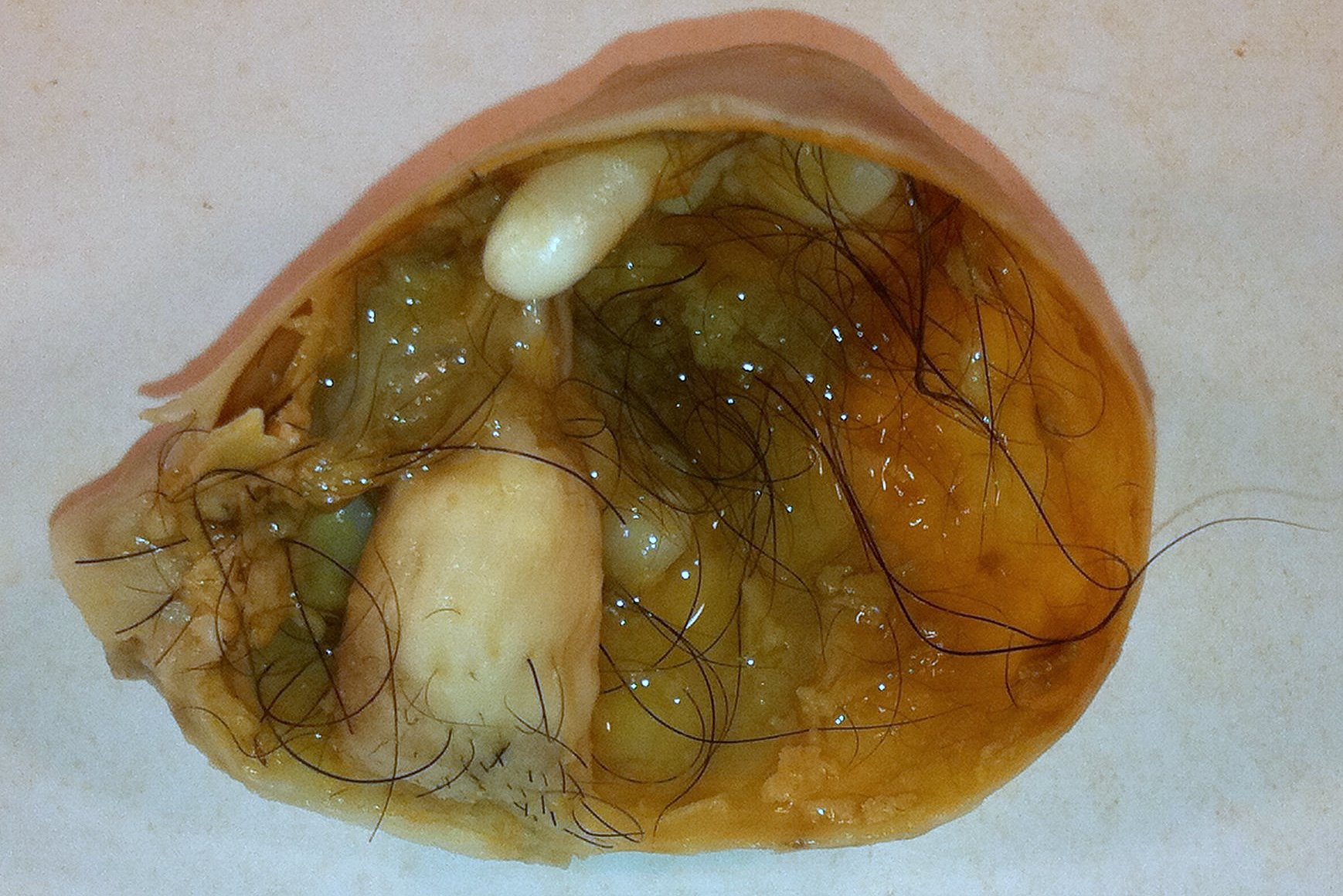Playlist
Show Playlist
Hide Playlist
Types of Ovarian Tumors: Choriocarcinoma
-
Slides Ovary Female Repro.pdf
-
Reference List Pathology.pdf
-
Download Lecture Overview
00:01 Here we have choriocarcinoma. 00:04 Choriocarcinoma. 00:05 That prefix sounds an awful lot like placenta. 00:09 However, why are you here? Ovaries or maybe perhaps in a male, the testicles. 00:17 How is it that you get placenta here? Well, understand, this is a tumor of placenta-like tissue. 00:24 So what we will do is divide our gestational and non-gestational type of choriocarcinoma. 00:29 This obviously will be non-gestational type. 00:32 But yet, here’s an ovarian tumor or perhaps a testicular tumor that behaves like your cyst or your trophoblast, "In what respect, Dr. Raj?" Watch, watch, watch, watch. 00:41 In pregnancy, what’s the name of that hormone that you’re going to test for? Beta hCG. 00:47 So therefore, in choriocarcinoma, you’re going to be looking for beta hCG. 00:52 And yolk sac tumor, what are you looking for, that marker? Alpha fetoprotein, right? Now, with choriocarcinoma, you usually find this in combination with other germ cell tumors. 01:03 Maybe something like endodermal sinus, yolk sac or maybe perhaps a teratoma. 01:08 Important here. 01:09 Usually widely metastatic and by the time of diagnosis, that makes this really dangerous. 01:15 And on histologic appearance or examination, you find there to be placenta-like tissue.
About the Lecture
The lecture Types of Ovarian Tumors: Choriocarcinoma by Carlo Raj, MD is from the course Ovarian Diseases.
Included Quiz Questions
What serum tumor marker is MOST helpful in the diagnosis of choriocarcinoma?
- Beta-hCG
- Alpha-fetoprotein
- CEA
- CA 19-9
- CA 125
Customer reviews
5,0 of 5 stars
| 5 Stars |
|
5 |
| 4 Stars |
|
0 |
| 3 Stars |
|
0 |
| 2 Stars |
|
0 |
| 1 Star |
|
0 |






